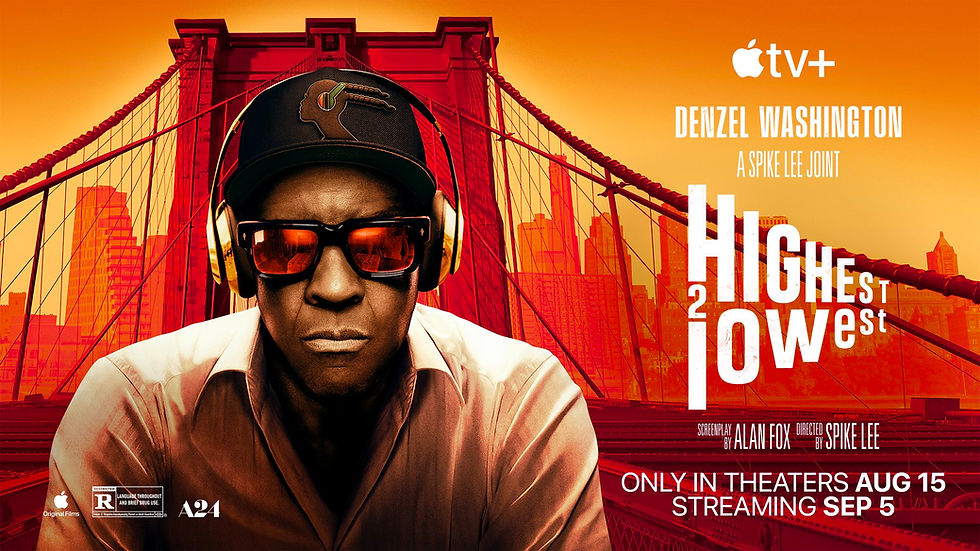Mission: Impossible - The Final Reckoning Review
- Louis Saddler
- May 23
- 3 min read

Few films, let alone in the action genre, can touch the quality of the Tom Cruise-led Mission: Impossible film series. That feat is more impressive when you consider it started in 1996. That said its previous entry, Mission: Impossible – Dead Reckoning, Part One, marked the first miss in the Mission: Impossible franchise. To wrap up the Reckoning saga (and possibly the franchise), Cruise reunites with his most frequent M:I collaborator, writer/director Christopher McQuarrie, for Mission: Impossible: The Final Reckoning.
Final Reckoning finds Agent Ethan Hunt (Cruise) and his IMF team continuing their pursuit of the rogue AI program known as the Entity with very little time to prevent it from ending the world.
If you’re a cinema purist, Final Reckoning does just enough to satisfy. First, Cruise proves he is still arguably the best movie star in Hollywood. No matter what is asked of him on film, he gets it done and does it spectacularly. The fact that he still brings a fresh charisma and energy to the Hunt character 29 years later is a testament to how special Cruise is. His partners in crime, Ving Rhames and Simon Pegg, have their moments as well, with Rhames providing the gravity and Pegg signature comedic timing.
Another feather in Final Reckoning’s cap is McQuarrie’s wise decision to move this film away from the melodramatic fate theme in Dead Reckoning – Part 1. Instead, he moves Final Reckoning closer to the familiar action-oriented espionage thriller stomping ground that made the M:I franchise elite. There are still plenty of moral dilemmas throughout the film, but the more practical focus on the dangers of AI gone rogue and the chase to stop it has a greater and welcome presence.
Cruise’s stunt work also raises the bar for Final Reckoning. Continuing his perennial efforts to risk life and limb for film, Cruise gives this M:I entry all the suspense the previous film lacked with the submarine and plane stunt sequences alone. Both are at or near the top of the ranks for the franchise and keep you on the edge of your seat.
Final Reckoning’s cinematography is also a hallmark with Fraser Taggart building on his incredible debut in Dead Reckoning, Part I. Taggart captures Cruise’s stunts in a way that translates how high the stakes are for each spectacle in real life and the film without sacrificing the beauty of the spaces they occupy. Again, the submarine and plane sequences are the standouts, but even the faster-paced sequences look great.
Despite its more than sound cinematic foundations, Final Reckoning doesn’t pay off big in entertainment value. Its most notable flaw is that McQuarrie’s pacing makes far too many scenes far too long. The extended cameos featuring a couple of well-known Apple TV supporting stars run to the point of feeling like they’re ads for their respective shows' recently completed or upcoming seasons. Even with it being a visual feast, the submarine sequence runs so long that all the suspense it builds gives way to you just wanting it to be over to move on with the movie.
Final Reckoning’s overreliance on callbacks also causes some problems. It starts as funny and cool easter eggs for OG fans, but it spirals into something far bigger and more unnecessary with each passing minute.
On the one hand, Final Reckoning is a marked improvement over the utter disaster that Dead Reckoning turned out to be. On the other hand, that improvement doesn’t go very far as the film takes several self-indulgent turns it really doesn’t have to.
It certainly has flashes that remind you of the franchise’s greatness. Still, Final Reckoning is another low point for Mission: Impossible. It’s also a sign that it may be time to end the series with this mission should we choose to accept that fact.



Comments